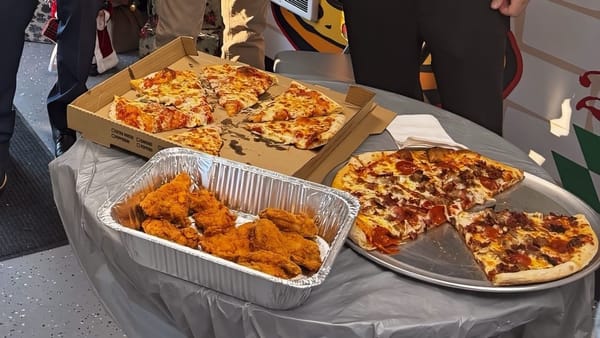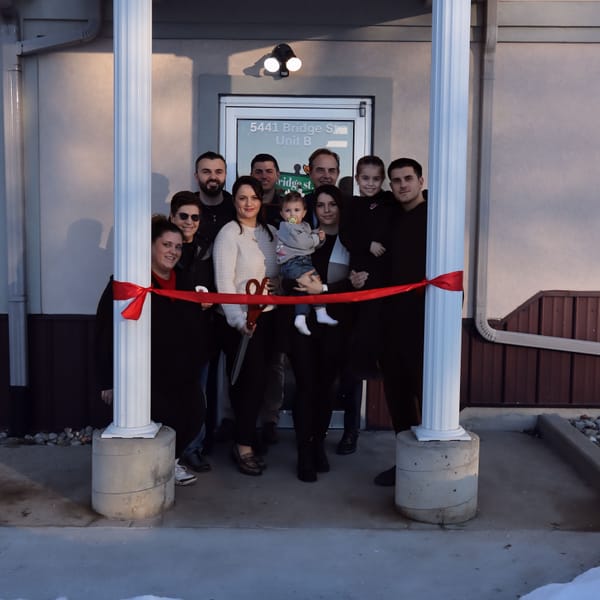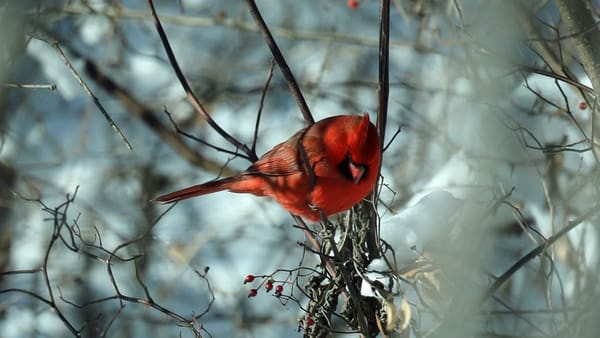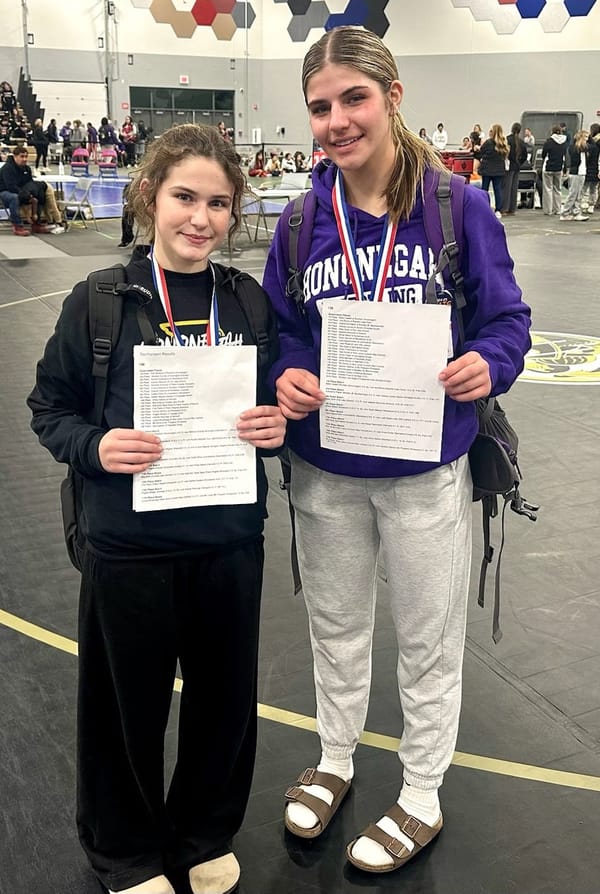Thanksgiving along the Stateline, through the years
Thanksgiving was a somewhat different holiday before the invention of television.

Thanksgiving traditionally recalls a day of thankfulness that was observed by the Plymouth, MA colony in 1621. In 1863, in the midst of the Civil War, Abraham Lincoln proclaimed that Thanksgiving Day should be observed each year in "humble penitence for our national perverseness and disobedience."
Before the Pilgrims came to America, the English Puritans, and their more radical cousins the Separatists (the Pilgrims), objected that there were too many holidays on the church calendar. Some Puritans wanted to eliminate all Church holidays, even Christmas and Easter, replacing them with either "Days of Fasting" or "Days of Thanksgiving," depending on how things were going at the time. Apparently the Pilgrims felt that surviving the famine of 1620 called for a "Day of Thanksgiving."
Not all the Pilgrims were Pilgrims - most were less-radical tradesmen, merchants, and servants from England. The Separatist Pilgrims had been religious refugees in Holland for years, and one of the motivations for the move to America was to keep their English-speaking children from becoming Dutch.
Wampanoag tribal leader Ousamequin helped to organize the celebration in hopes that these immigrants would ally themselves with the Wampanoags against the rival Narragansetts.
The first Thanksgiving service in America may have been one held by Spanish settlers on September 8, 1565, in what is now Saint Augustine, Florida. In 1598, Spanish settlers from Mexico held a religious service of thanksgiving at San Elizario, Texas, as they crossed the Rio Grande and took possession of the Southwest. Today it is usually celebrated with large quantities of turkey and football games. It formerly preceded Black Friday by one day, before Black Friday expanded from a single day into a nebulous season.
In December 1941, as World War II had begun, President Franklin D. Roosevelt signed a joint resolution of Congress setting Thanksgiving Day as the fourth Thursday in November. But before that, each state governors would establish the holiday through individual proclamation. President Franklin D. Roosevelt set a single national date in 1939 to improve commerce, and in December 1941, as World War II was beginning, signed a joint resolution of Congress setting Thanksgiving Day as the fourth Thursday in November.
For updates, subscribe to our free newsletter.
In Rockton and Roscoe of the 1870s and 1880s, Thanksgiving Day was an occasion for residents to attend church services - perhaps.
In 1877, Edson I. Carr, editor of the Rockton Herald, impishly wrote that "we are informed that there will be a union [non-denominational] Thanksgiving service at the Congregational Church on Thanksgiving Day. Rumor has it that the services will be preceded or closed by a marriage ceremony and were it not for the bashfulness of our friend ______ but no, we won't mention his name. Somehow we never did like these church marriages and we hope this one will not be taken as a precedents which all must blindly follow. Give us the good old wedding feast with bountiful subsidiaries for the printer [Carr was also Rockton's printer], and how our heart expands with gratitude toward the happy pair."
In 1881, Carr noted that most people in Rockton observed Thanksgiving by going about their usual business. In 1883 he wrote that "Thanksgiving service has usually been attended by about one-quarter of the church members and by scarcely anyone else. Let us remember that this is a national holiday just as much as the Fourth of July and that it is for ALL the people."
Carr, who was also church clerk at the Congregational Church in Rockton, gave a plug for "Thanksgiving services... in the Cong'l Church Thursday November 29th at 10:30 a.m. Not only the churches but the schools and the people generally are heartily invited to attend the service. There will be unusual attractions for the children and parents, very good music, speaking, and something to please the little folks. Everybody come. Meeting closes at noon."
The next year, in 1884, Carr wrote that "most of our citizens enjoyed themselves after church Thanksgiving Day, either by receiving their friends to enjoy the good things of an eatable nature, or by going out of town on the same mission."
In 1883, Carr published the governor's Thanksgiving Proclamation in the Rockton Herald:
In accordance with a time-honored and very proper custom and in harmony with the proclamation issued by the president of the United States, I John M, Hamilton, governor of the state of Illinois, hereby designate Thursday the 29th day of November 1883 as Thanksgiving day and I request the people of this State to lay aside their usual labors on that day and in the manner of their choice either in private or in public assembly unite in devout worship of God and hearty thanksgiving to him for the blessings of peace, plenty, prosperity, and happiness which the people of this Commonwealth have enjoyed during the past year and humbly pray that these divine favors may be continued. I further recommend on the day thus set apart all the people of the State whom Providence has favored with abundance of life's comforts shall especially remember the poor, the needy, and distressed and by public bounty or private charity not only furnish them with food and clothing to enable them to be especially thankful to Providence and their fellow-men on Thanksgiving day, but that steps may be taken to reasonably care for the coming winter. JOHN M. HAMILTON





